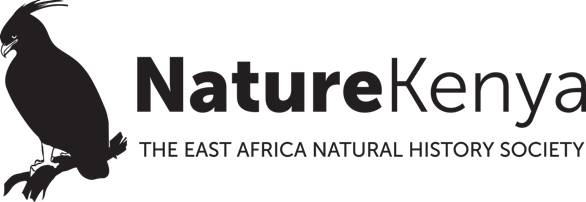The Taita Hills, ancient hills rising up from the dry plains, host a rich and diverse range of animal and plant species. Natural forests scattered across these hills are the sole homes to birds such as the Taita Apalis and Taita Thrush. The Taita Apalis is a tiny bird only found in the Taita Hills –nowhere else. Together with the Taita Thrush, it is considered Critically Endangered – that is, at risk of extinction. As a result, the Taita Hills forests have been designated as an Important Bird and Biodiversity Area (IBA). The Taita Apalis population has drastically dropped from around 300 pairs to 200 pairs between 2001 and 2017, according to researchers. Currently, the Taita Apalis is only found in four small forest patches in Vuria, Msidunyi, Iyale and Mghange areas. Its population, already small, has been threatened by drought, habitat loss and predation.
Over the years, Taita Hills forests have been undergoing massive degradation. More than ninety per cent of these indigenous forests have been cleared for agriculture and forest plantations, putting at risk the survival of the Taita endemics – birds, amphibians and insects found only in the Taita Hills..
Nature Kenya in partnership with DOF – the BirdLife Partner in Denmark – through funding from the Danish International Development Agency (DANIDA) through CISU (Civil Society in Development), has been running the “Integrating Livelihoods and Conservation – People Partner with Nature for Sustainable Living” program in the Taita Hills. The long-term objective of the Program is to: reduce the destruction of forested IBAs and contribute to the realization of best participatory forest management practices for the benefit of all.
To achieve the objective, the program is supporting the formation of two Community Forest Associations (CFAs), which is still ongoing, and also facilitated the development of forest management plans for Vuria and Chawia forests. The program is also supporting groups engaged in livelihood activities such as beekeeping, fish farming, tree nursery, handicrafts and butterfly farming.
Protecting the natural habitats of threatened species is key to their survival. To this end, Nature Kenya is piloting a habitat restoration project in two plots in the Taita hills. This project seeks to convert a portion of exotic plantation back to natural forest. Extraction of exotic tree species has been successfully carried out on the plots. Results from this pilot project will provide guidance for upscaling forest restoration initiatives in Taita and other forests in Kenya. Over 15,000 indigenous trees have so far been planted across forests in Taita Hills by various stakeholders.
Additionally, a privately-owned forest plot of about 6 hectares has been leased at Msidunyi. This small forest fragment is expected to provide habitat for six per cent of the world’s Taita Apalis population. Funding for the lease was secured from the World Land Trust, Royal Society for the Protection of Birds (RSPB) and African Bird Club.
To minimize dependency on forests for firewood, Nature Kenya has been promoting the use of energy-saving stoves in schools and households. Six primary schools and over 600 households have had the stoves installed. Schools using the stoves have recorded a sixty per cent reduction in firewood consumption and increased learning time for students.
As a way of carrying the conservation message forward, Nature Kenya has been working closely with the Wildlife Clubs of Kenya (WCK) to conduct an awareness campaign highlighting the importance of conserving the Taita Apalis. The campaign seeks to sensitize communities about this threatened bird species via schools near Msidunyi, Vuria, Chawia, Ngangau and Iyale forests.
